Elevate your website’s functionality and user satisfaction with expert-designed tips tailored specifically for web creators. Understanding the essence of usability is crucial for building websites that not only look great but also provide intuitive experiences for users. Whether you’re crafting a cool web page design or refining an existing site, mastering the principles of usability ensures your creation is both visually appealing and user-friendly. From optimizing navigation to enhancing content accessibility, this guide explores actionable strategies to improve your website’s overall performance and user engagement. By focusing on key elements like engagement, efficiency, effectiveness, error tolerance, and ease of learning, you can transform your designs into tools that truly meet user needs. Discover how prioritizing usability can lead to higher conversion rates, improved customer loyalty, and a stronger online presence. This comprehensive overview provides everything you need to elevate your website’s usability and create a seamless digital experience for your audience.
Key Takeaways
– Prioritize Learnability to reduce user frustration and ensure seamless onboarding experiences.
– Focus on Efficiency to minimize task completion time and streamline workflows for better user productivity.
– Design for Memorability by creating intuitive interfaces that leave a lasting impression on users.
– Enhance Subjective Satisfaction through visually appealing and personalized designs that boost user engagement.
– Build Error Tolerance into your website to minimize user confusion and improve recovery from mistakes.
– Ensure Effectiveness by providing clear pathways for achieving user goals and delivering essential functionalities.
– Optimize for Simplicity to reduce cognitive load and make navigation intuitive for all users.
– Incorporate Aesthetics to elevate user experience while maintaining functionality and brand consistency.
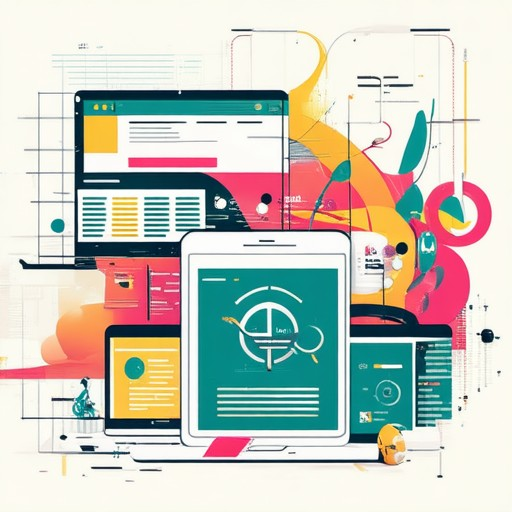
The Five E’s of Usability
-
Efficiency
Efficiency refers to how quickly and effectively a user can complete tasks using the product. It involves minimizing unnecessary steps and reducing cognitive load. Learn more about efficiency in web design
-
Effectiveness
Effectiveness measures whether the product achieves its intended purpose and solves user problems. It focuses on task completion and success rates. Understand effectiveness in usability
-
Engagement
Engagement is about capturing and maintaining user attention. A product that is engaging provides a satisfying experience, often leading to longer interaction times. Boost engagement through design
-
Error Tolerance
Error tolerance is the ability of a product to handle unexpected issues gracefully. Users should be able to recover from mistakes without significant frustration. Design for error tolerance
-
Easy to Learn
Ease of learning ensures that users can quickly understand and master the product. It involves intuitive navigation and clear visual cues. Make your product easy to learn
What Are the 5 Elements of Usability?
- Learnability: This is the ease with which users can learn to use a system. A product or service is easily learnable if its interface is intuitive and free from confusion. Designers often draw inspiration from established user interfaces that users are already familiar with, such as those found on platforms like 119WebDesign .
- Efficiency: Once users are familiar with the system, they should be able to complete tasks quickly. Efficiency is measured by how much time and effort users spend to achieve their goals. A well-designed interface reduces unnecessary steps and minimizes friction, ensuring users can navigate smoothly through features.
- Memorability: Users should find it easy to remember how to perform common actions. This is crucial for returning users who may not have used the system in some time. Consistency in design elements, such as navigation menus and buttons, helps reinforce memory.
- Errors and Recovery: No system is perfect, so it’s essential to design with error prevention in mind. Clear feedback when errors occur and a simple way to recover from them enhance the user experience. A smooth recovery process reduces frustration and keeps users engaged.
- Satisfaction: Overall satisfaction depends on how well the system meets user needs and expectations. Positive experiences foster loyalty, while negative ones can lead to dissatisfaction and churn. Regular user feedback helps identify areas for improvement and ensures the system remains user-centric.
The combination of these elements creates a cohesive and intuitive user experience, which is critical for the success of any digital product. By focusing on learnability, efficiency, memorability, error handling, and satisfaction, designers can ensure their solutions are not only functional but also enjoyable to use. Platforms like 119WebDesign exemplify how attention to these principles can lead to a more engaging and user-friendly interface.

What Are the 5 Criteria for Usability?
Usability refers to how effectively and efficiently a product can be used by its intended users. Here are the five primary criteria that define usability:
1. Ease of Learning
The product should be easy to learn and understand. Users should be able to navigate the interface intuitively, with minimal confusion or frustration. Clear onboarding processes and intuitive design help users quickly grasp the functionality.
2. Functionality
The product must fulfill its intended purpose effectively. Usability is not just about the design but also about whether the product meets the users’ needs. Functionality should be robust yet simple, avoiding unnecessary complexity.
3. Consistency
A consistent user experience ensures that all elements of the product feel cohesive. Navigation, buttons, and interactions should be uniform across the platform, reducing cognitive load and enhancing overall user experience.
4. Efficiency
Users should be able to complete tasks quickly and efficiently. The product should minimize friction, such as slow loading times or cumbersome workflows, to maximize productivity.
5. Aesthetics
While not always critical, aesthetics play a role in usability. A visually appealing and modern design can enhance user satisfaction, though it should never overshadow functionality.
By focusing on these criteria, developers and designers can create products that are not only functional but also enjoyable to use. Ensuring these elements work harmoniously together leads to a better user experience, ultimately driving success and satisfaction among users.

What Are the 5 Qualities of Usability?
The concept of usability revolves around how effectively a product or service can be used to achieve intended goals, with five primary qualities defining its effectiveness. These qualities ensure that users can interact with a system smoothly, efficiently, and satisfactorily.
- Learnability :
Learnability refers to how easily users can learn to use a system. A highly learnable system provides intuitive interfaces and clear guidance, reducing the learning curve. Features like onboarding processes, tooltips, and tutorials contribute significantly to this quality. - Efficiency :
Efficiency focuses on how quickly and effectively users can complete tasks. A system that minimizes unnecessary steps, offers fast navigation, and streamlines workflows enhances efficiency. Tools like keyboard shortcuts, smart search functions, and task management features play a crucial role here. - Memorability :
Memorable systems allow users to retain information about how to use them. This quality is achieved through consistent design, meaningful visual cues, and minimal cognitive load. Elements like branding, color schemes, and feedback mechanisms aid in this aspect. - Subjective Satisfaction :
Subjective satisfaction relates to the overall enjoyment and emotional engagement users feel when interacting with a system. Factors such as visual appeal, responsiveness, and personalization contribute to this quality, making the user experience more enjoyable. - Error Tolerance :
Error tolerance involves how gracefully a system handles mistakes and allows users to recover from errors. Robust error handling, clear recovery options, and forgiving interfaces are key components of this quality.
By focusing on these five qualities, designers and developers can create systems that are not only functional but also delightful to use, ensuring a positive user experience across all interactions.
What Are the Three Pillars of Usability?
The three primary pillars of usability are:
- Effectiveness : This refers to the ability of users to achieve their intended goals when interacting with a product or system. Effectiveness is measured by how well users can complete tasks, such as finding information or completing a purchase.
- Efficiency : This focuses on the resources and effort required for users to achieve their goals. Efficiency is determined by the number of steps, time, or cognitive load needed to accomplish a task.
- Satisfaction : This involves the overall experience of using the product or system. Satisfaction is influenced by factors like ease of use, visual appeal, and consistency.
These three pillars collectively ensure that a product or service is easy to use, enjoyable, and meets user needs effectively.
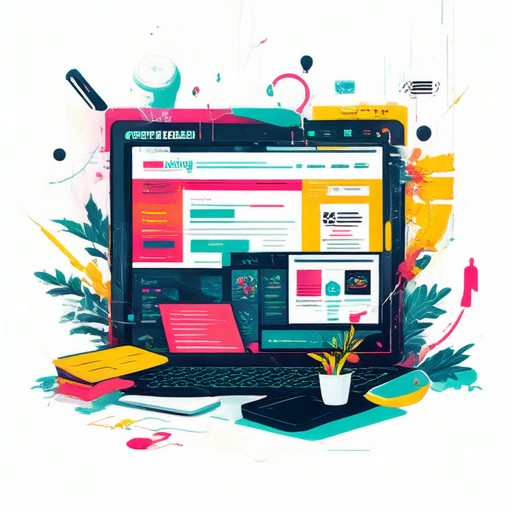
What Are the 5 Dimensions of Usability?
Usability is a critical aspect of designing interfaces that are both functional and user-friendly. While various frameworks exist, the five primary dimensions of usability are widely recognized and help guide the creation of intuitive and effective designs.
- Effectiveness: This dimension focuses on whether the interface meets user goals and provides the necessary functionality to accomplish tasks efficiently. It ensures that users can achieve their objectives through the use of the interface.
- Efficiency: Here, the emphasis is on minimizing the effort required for users to complete tasks. An efficient interface allows users to perform actions quickly and without unnecessary steps.
- Simplicity: Simplicity involves making the interface easy to understand and navigate. Clear visual hierarchy, minimal distractions, and straightforward navigation contribute to this dimension.
- Error Tolerance: Error tolerance measures how gracefully the interface handles mistakes or unexpected situations. A robust interface allows users to recover from errors and continue their tasks without significant disruption.
- Aesthetics: While often overlooked, aesthetics play a role in usability by influencing user engagement and satisfaction. A visually appealing interface can enhance the overall user experience.
By focusing on these five dimensions, designers can create interfaces that are not only functional but also enjoyable and easy to use. Understanding and balancing these aspects helps in delivering solutions that meet real user needs and expectations.
For further exploration of these concepts, visit 119WebDesign.com to discover valuable resources and insights tailored for web design enthusiasts and professionals.
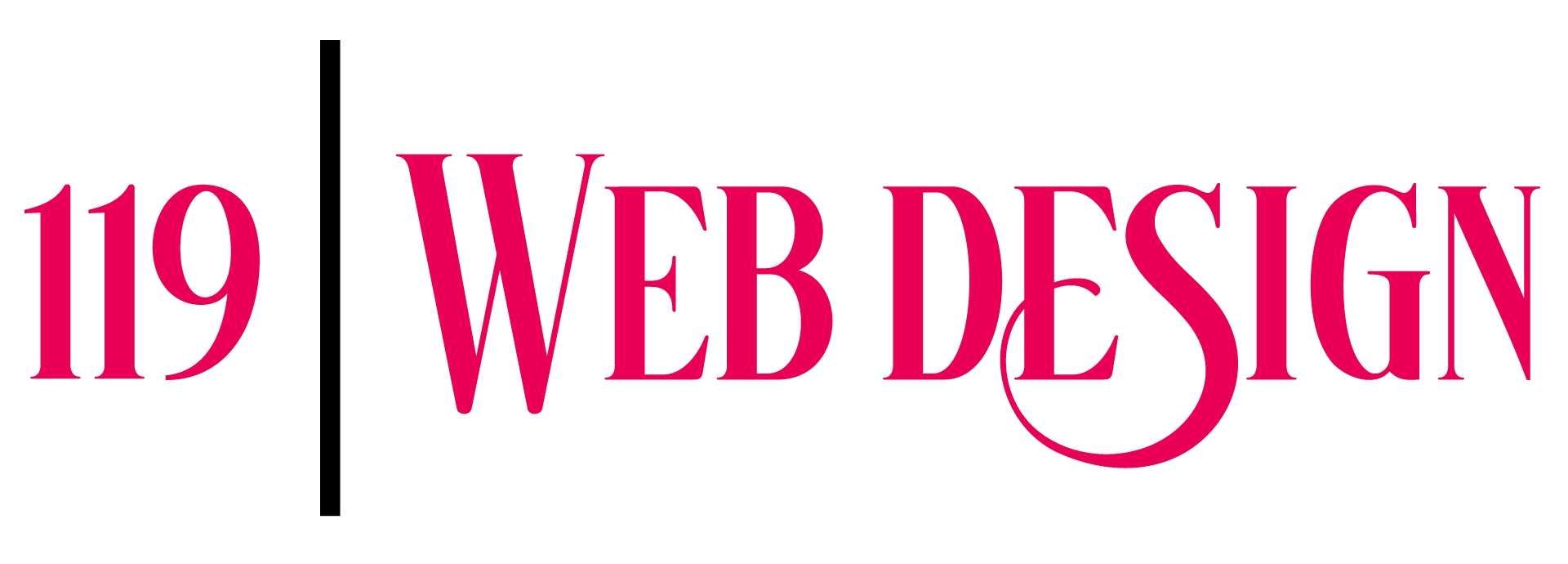

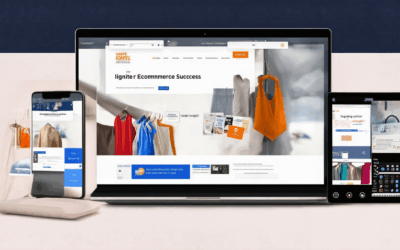
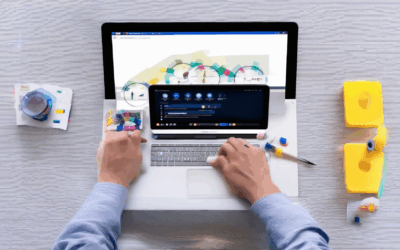
0 Comments